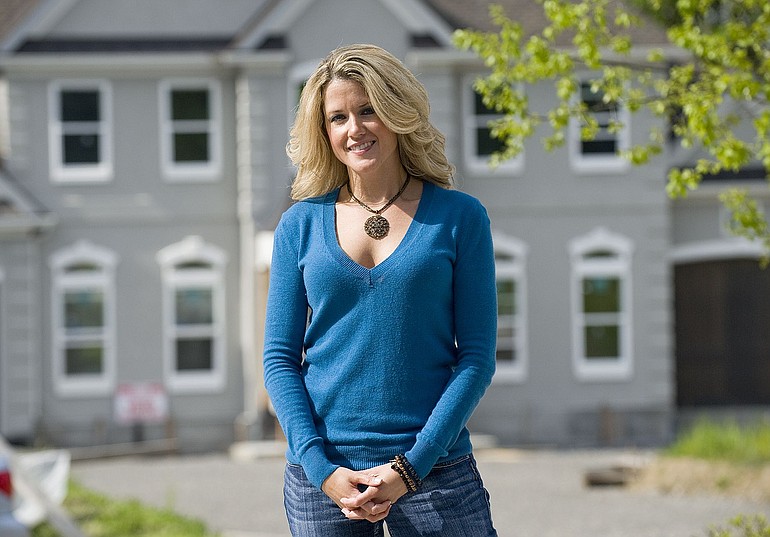The Building Industry Association of Clark County, once one of the community’s premier business groups, is now struggling to overcome challenges that mirror those of the homebuilders it represents.
And like many builders, it could take the BIA a while to shore up its finances and face the future with confidence.
MEMBERSHIP: 700 members, down 36.4 percent from a peak of more than 1,100 members in 2006.
TOTAL REVENUE: Reported $873,951 to the IRS in 2009, down 41.7 percent from $1.5 million in 2008.
STAFF: Four employees, down 60 percent from 10 employees in 2009.
The Vancouver-based group has had to slash costs and staff in an effort to recover from a 36.4 percent drop in membership, down to 700 companies and individuals from its high of more than 1,100 in 2006. With fewer members to pay annual fees, revenue dropped 41.7 percent to $873,951 in 2009, down from $1.5 million in 2008, according to the BIA’s 2009 federal income tax statement.
Paid staff has dwindled to four employees, down from 10 in 2009.
Clark County’s surplus of foreclosures and sluggish home sales continue to soften demand for new houses, adding pressure on homebuilders, who are already struggling to keep their heads above water, said Tracy Doriot, who sits on the building group’s 25-member board as past president.



